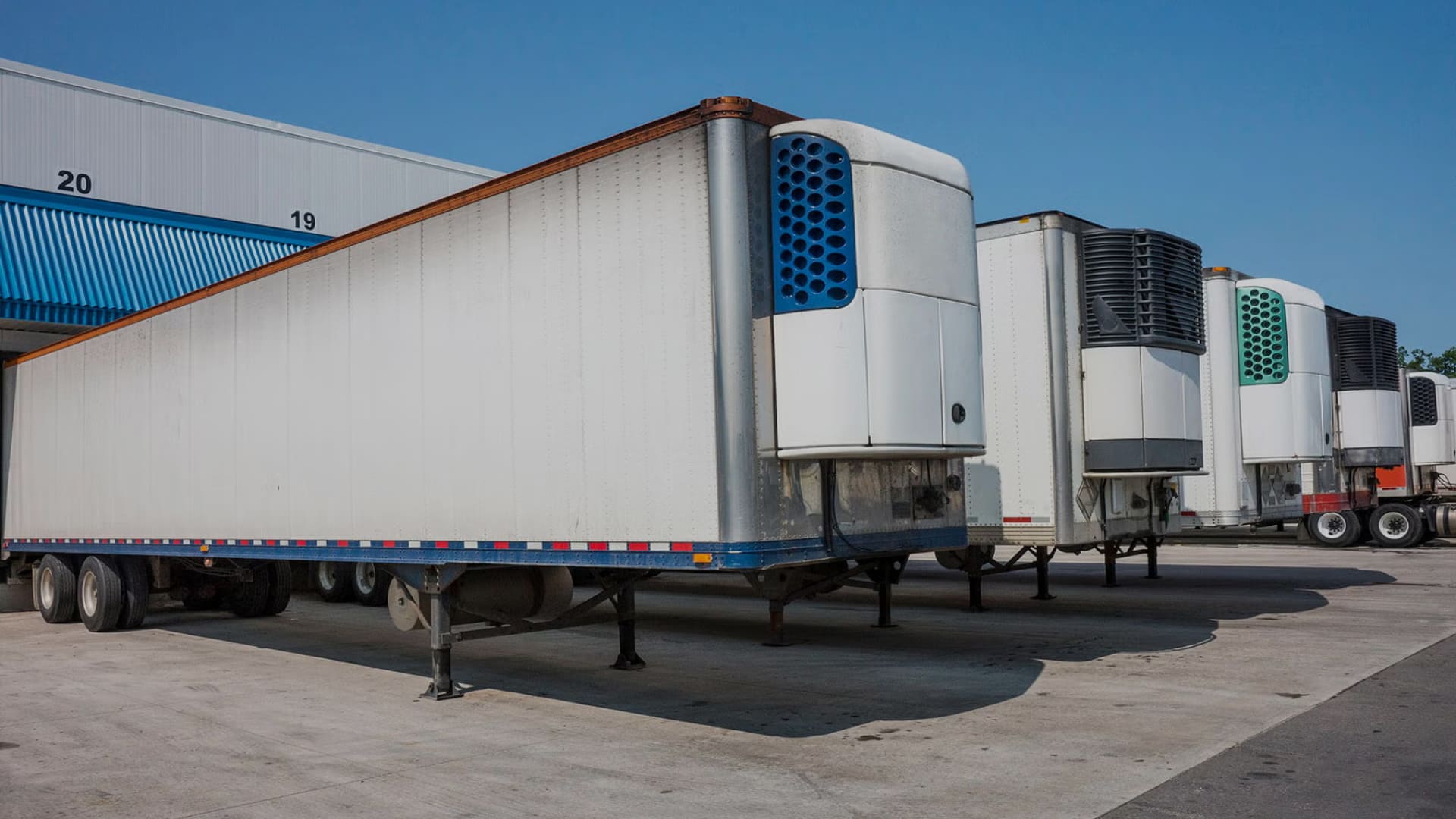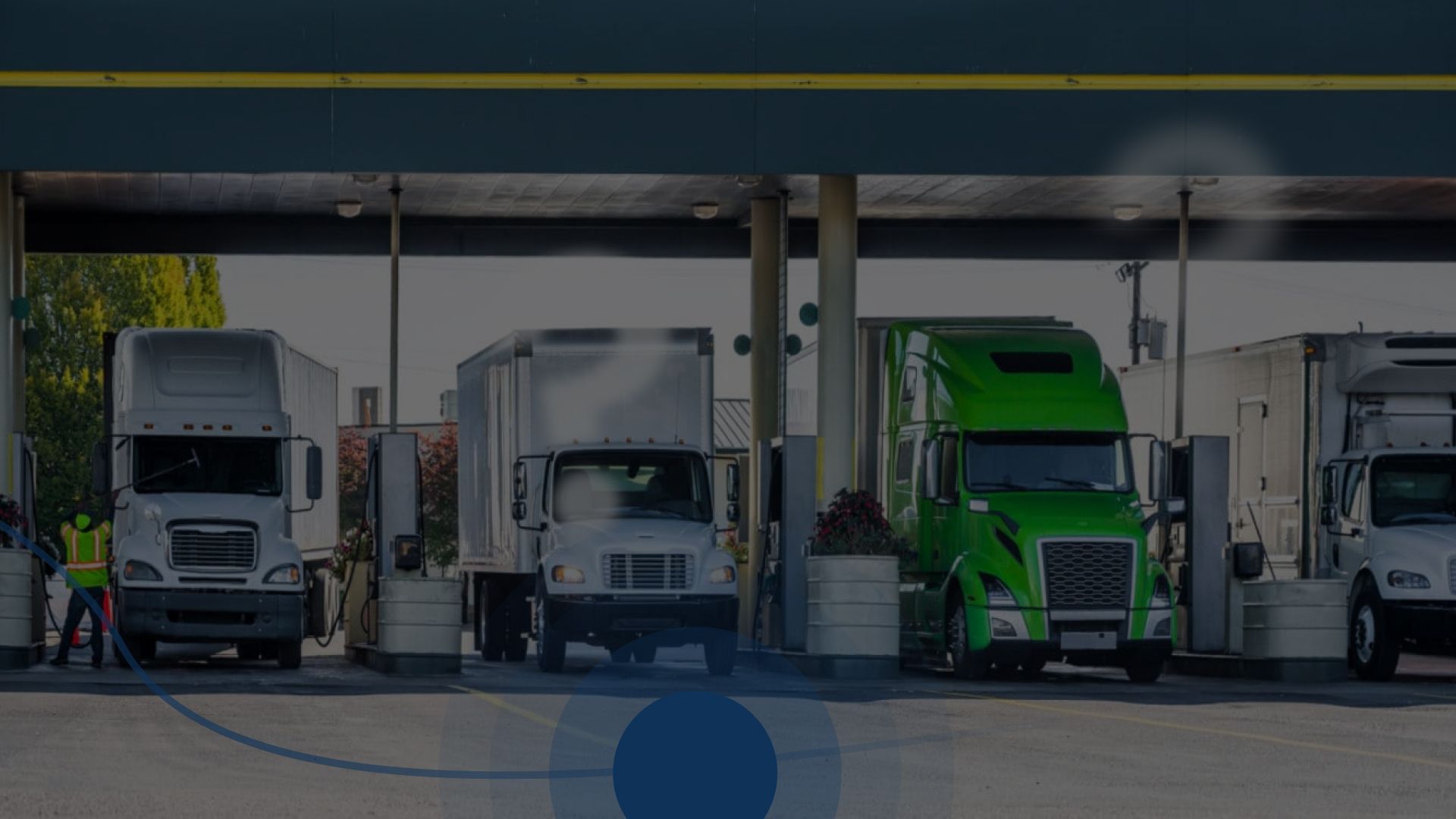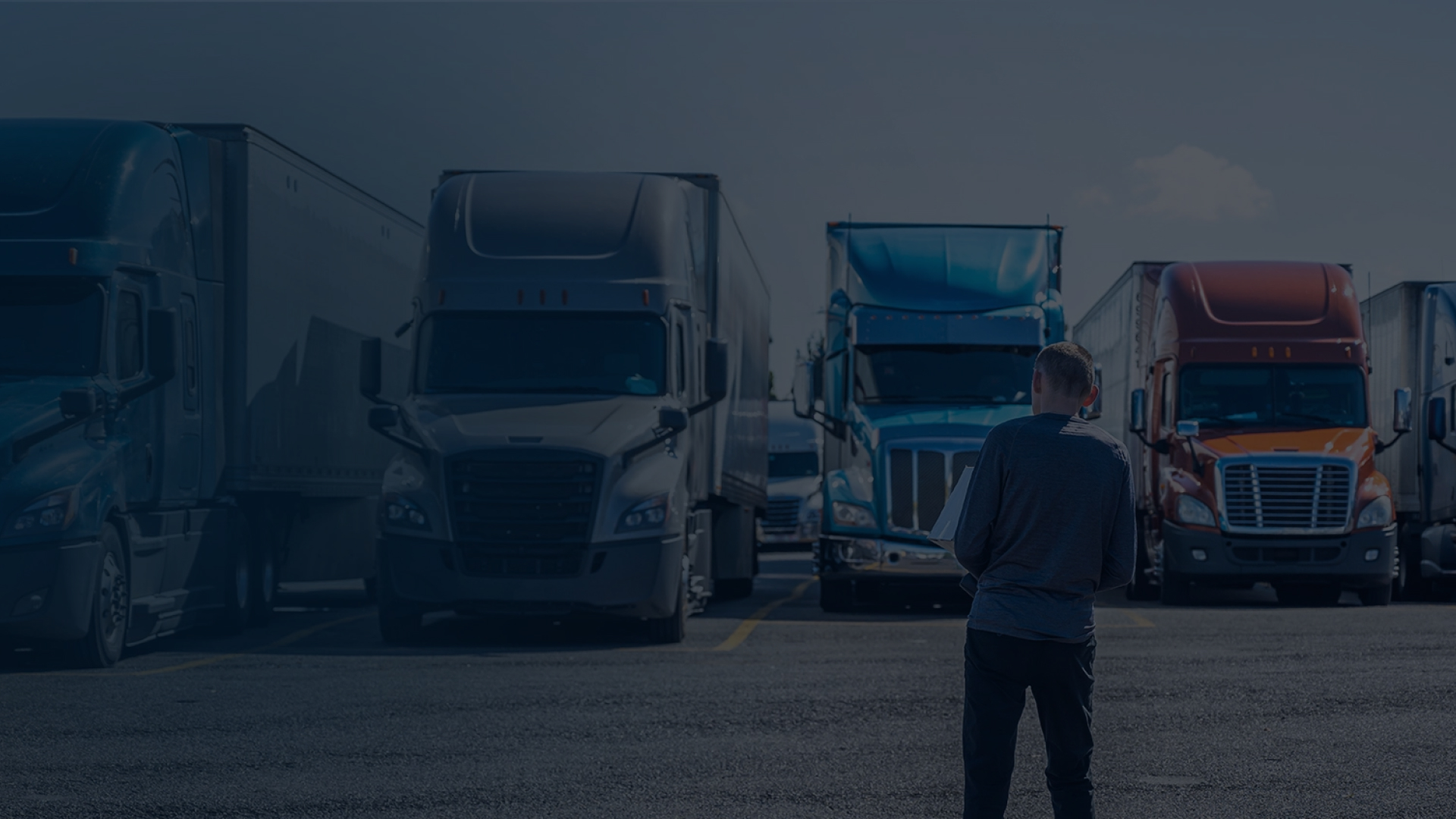If you’ve been around shipping yards, ports, or rail terminals, chances are you’ve heard the word “drayage” thrown around. It might sound like trucking slang, but it’s actually a key piece of the freight puzzle – especially in intermodal transport.
So what exactly is drayage? Why does it matter?
And should you be paying attention to it if you’re a driver, dispatcher, or fleet owner?
Let’s break it down in real-world terms.
What Does “Drayage” Actually Mean?
Drayage is the short-distance transportation of freight, usually as part of a larger shipping journey. Think of it as the connection between modes – like the movement of a shipping container from a port to a warehouse, or from a rail terminal to a distribution center.
It’s not cross-country. It’s not regional. It’s typically just a few miles to a few hours of driving – but it’s a critical link in the chain.
Here are some common drayage scenarios:
- Moving a container from the Port of Long Beach to a nearby logistics hub;
- Transferring freight from a rail yard to a final-mile delivery center;
- Shifting cargo between two terminals within the same port;
- Picking up an empty container and returning it to a depot after unloading.
In simple terms? Drayage is the “first mile” or “last mile” of intermodal freight.
Where Does Drayage Fit in the Supply Chain?
Imagine a full container ship arriving at port. Thousands of containers onboard, packed with everything from electronics to produce. Those containers don’t move themselves inland. That’s where drayage comes in.
Here’s a basic timeline:
- Container arrives at port.
- A drayage driver hauls it to a nearby warehouse or rail yard.
- From there, it might be loaded onto a train, another truck, or prepped for local delivery.
It’s a niche job, but it’s a big one – especially with the rapid growth of global trade and e-commerce.
What Kind of Equipment Is Used in Drayage?
Most drayage is done using day cab tractors and chassis trailers built for hauling containers. The containers themselves are typically 20, 40, or 53 feet long. They’re standardized for intermodal transport.
What makes drayage different from other logistics types?
- You’re dealing with ports and terminals. This means you’ll have to deal with tight space, specific entry protocols, and long wait times.
- You’ll need TWIC cards (Transportation Worker Identification Credential) for access to many ports.
- Equipment must meet emissions standards, especially in places like California with strict clean air rules.
- Many loads are drop-and-hook, but some require live loading/unloading depending on the receiver.
Drayage isn’t glamorous, but for drivers who learn terminal protocols and operate port-grade equipment, it delivers a guaranteed revenue stream and daily home time.
Who Works in Drayage?
Drayage is usually handled by local carriers or owner-operators who are based near large ports or rail hubs. Since the routes are short, it’s perfect for drivers who want to be home daily, but still stay active in freight transport. It’s especially popular in areas like:
- Los Angeles / Long Beach;
- New York / New Jersey ports;
- Savannah, Georgia;
- Houston, Texas;
- Chicago intermodal yards.
That said, the work can be fast-paced and stressful. Ports are crowded. Schedules are tight. Delays are common. But for experienced drivers who can get around the system, it’s a reliable niche. Those who use ELD devices for trucking get things done even faster and easier than others.
Why Does Drayage Matter More Than Ever?
The supply chain is getting faster – and more complex. With the rise of intermodal shipping, more freight is moving via a mix of ships, rail, and trucks. That means more containers moving through ports – and more need for drayage drivers.
Here’s why drayage is a big deal in 2025:
- E-commerce demands quicker turnarounds;
- Warehouses are moving inland, increasing the need for short-haul transfer;
- Driver shortages mean experienced local drivers are in high demand;
- Ports are pressured to reduce congestion – and efficient drayage is part of the solution.
In other words: if drayage fails, the whole chain slows down. That’s why you’ll get paid to help.
Challenges in Drayage (and How to Solve Them)
No job is perfect – and drayage has its headaches. The key issues include the following.
Port Congestion & Excessive Idle Time
Long queues at gates and congested terminal lanes can sideline a driver for hours, wasting fuel and clock time. Future drayage drivers must master appointment scheduling, track real-time gate metrics, and keep backup staging options ready to avoid burning Hours-of-Service on idling engines.
Communication Gaps Across Stakeholders
Missed updates between dispatch, terminal operators, and drivers lead to empty miles and surprise delays. Learn to work with integrated messaging and real-time status tools so every person, from crane operator to dispatcher, shares one accurate playbook.
Narrow Warehouse Appointment Windows
Many facilities close the dock door if you miss a 30-minute slot, triggering rebooking fees and extra yard storage. Build buffer time into every leg, monitor live traffic feeds, and know how to request on-the-fly rescheduling to protect your revenue.
Paperwork & Documentation Errors
A single transposed container number or missing seal record can halt a pickup. Future pros rely on electronic bills of lading, barcode scans, and digital signature capture to eliminate manual errors and keep freight flowing without costly do-overs.
That’s where smart technology like Ezlog’s ELD makes a real difference.
How Ezlogz Helps Drayage Drivers and Fleets
At Ezlogz, we work with carriers and drivers who deal with the real-world pressure of port and terminal runs. Our platform is built to take the friction out of short-haul logistics.
Here’s how we help drayage operations run smoother:
- Real-time tracking for containers and trucks;
- Smart route planning with up-to-date terminal congestion data;
- Integrated ELD compliance with simple logs;
- Digital document management – no more lost delivery slips or paper handoffs;
- Driver-friendly mobile app for instant load updates and messaging.
Whether you run solo or manage a fleet, Ezlogz helps you stay on top of your drayage operation without drowning in dispatch calls and manual paperwork.
Is Drayage for You?
Drayage isn’t the most talked-about segment in trucking, but it’s one of the most consistent. If you want to be home nightly, don’t mind tight spaces and short runs, and know how to navigate port systems, it can be a great lane to run.
It’s fast-paced, detail-oriented, and sometimes chaotic – but for drivers who value routine, local work, and container-based freight, it’s a solid niche. And with the right tools like Ezlogs? You won’t even have to worry about most stuff as we’ve got you covered.
Lead the Drayage Market with Ezlogz
Short-haul doesn’t mean small impact. Drayage keeps global trade moving – one container at a time.
With Ezlogz, you get the tools to:
- Keep drivers compliant;
- Track and manage drayage loads in real time;
- Avoid delays and streamline dispatch;
- Handle digital paperwork without the chaos.
Start your free Ezlogz trial today and bring simplicity to every short-haul move.











Comments